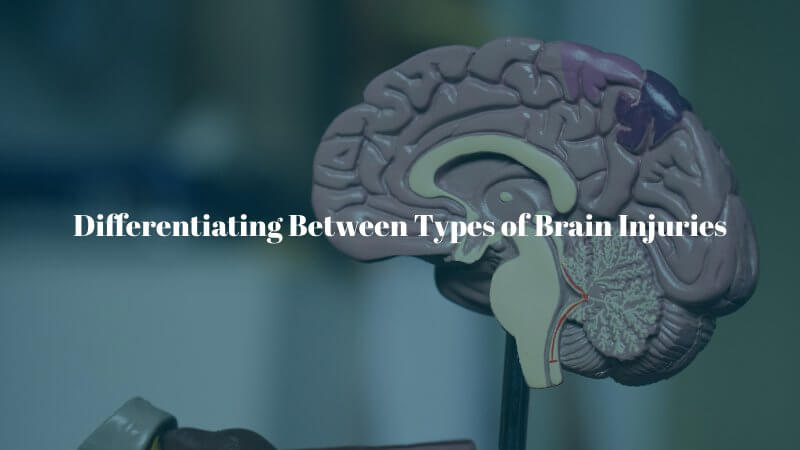Traumatic brain injury (TBI) is a frightening medical term referring to an injury to the brain resulting from an outside force and not from disease. Because the brain is a control center for the entire body, when an injury occurs in this sensitive organ it interferes in the body’s function with the type and seriousness of the interference depending on the location and severity of the injury. Impacts range from headaches and dizziness from a mild concussion or contusion to brain death with a wide range of impairment levels in between. Doctors categorize brain injuries as mild, moderate, or severe, as well as closed or open brain injuries.
According to the CDC, over 69,000 Americans died from traumatic brain injuries in 2021, which is about the average per year. Millions more suffered injuries requiring hospitalization. The most common causes of TBIs include car accidents, falls, sports-related accidents, and acts of violence. If you or a loved one suffered a traumatic brain injury or face the risk of this type of injury due to work or lifestyle, it’s important to understand the different types and speak with an Encino brain injury lawyer for expert legal advice tailored to your specific situation and potential compensation options.

Concussions are the most common type of brain injury. Medical experts believe the actual numbers may be much higher than we know because many mild concussions go undiagnosed. Concussions occur when a strong blow, jolt, or shake causes the brain to bump against the inside of the skull causing swelling in a region of the brain. If the injured area is small, the concussion is mild, and the injury victim should recover in a week or less—the wider the area of the internal trauma to the brain, the more serious the concussion.
Concussion symptoms include possible loss of consciousness or confusion, headache, nausea, dizziness, vision problems, mood changes, and ringing in the ears. Although most concussion victims fully recover, some experience ongoing symptoms (post-concussion syndrome). Individuals who experience many concussions—like those in contact sports) may suffer an Alzheimer’s-like form of dementia later in life.
A contusion is the medical term for a bruise. When the head suffers a serious blow from an object or fall, bleeding occurs at the point of contact. As with a bruise on other parts of the body, bleeding inside tissue causes a bruise. When this occurs inside the brain, the victim may experience headaches, dizziness, blurred vision, nausea, and seizures. If the bruising is severe, the injury victim may require surgical intervention to address the bleeding and swelling.
When a victim suffers an open head wound and penetrating brain injury, for instance from a bullet or from jagged metal in a car accident, the bleeding, bruising, and swelling penetrate deep into the brain causing severe trauma.
Diffuse axonal injuries typically result from the head suffering a powerful shaking or jolt that causes the brain to move and twist inside the skull. This results in the tearing and bleeding of tiny blood vessels in multiple regions of the brain. Diffuse axonal injuries most commonly result from car accidents and violent shaking—as in shaken baby syndrome—and cause widespread damage. This injury requires emergency medical care to stabilize the victim and then hospitalization and medical interventions to minimize the damage as much as possible. Recovery from a diffuse axonal injury requires ongoing medical care and therapies such speech, occupational, and vocational therapies for rehabilitation. The victim’s level of impairment depends on the gravity of the injury and how well they respond to treatment.
When a forceful crash or blow causes the brain to bump back and forth against the inside of the skull, the result is often a coup-contrecoup injury with damage to one side of the brain and the opposite side of the brain. Depending on the locations and severity of both injuries in the brain the effects can be mild or severe. Some injury victims completely recover from a coup-contrecoup injury while others experience varying levels of long-term impairment.